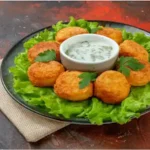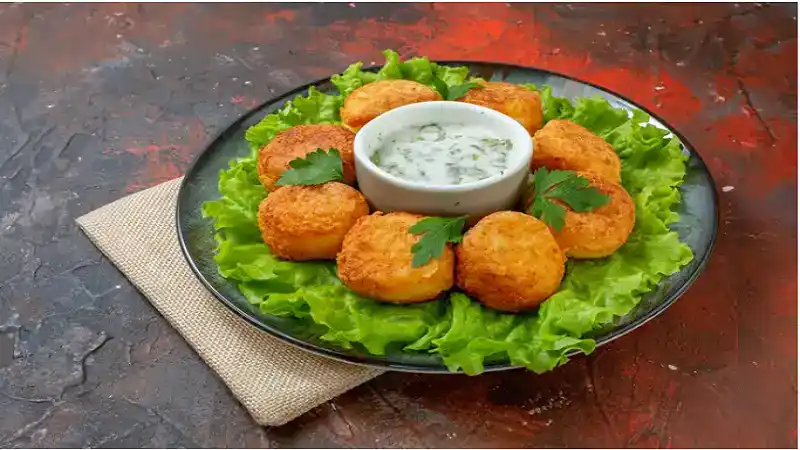When you step into a kitchen, you expect to find certain staples—pots, pans, and a fridge stocked with your favorite foods. But what if I told you there’s more to the kitchen than meets the eye? What if the ingredients “Pancarne,” “Naranja,” and an intriguing phrase “all of the above” were part of a larger culinary narrative? Let’s explore the wonders that could be hidden in your kitchen, focusing on some unique elements that might surprise you. What Could You Typically Find In A Kitchen?Pancarnenaranjaall Of The Above
Chapter 1: The Basics of a Modern Kitchen
Before we dive into the mysterious terms, it’s essential to understand what makes a kitchen functional and efficient. Typically, a kitchen is a space where cooking, food preparation, and sometimes dining takes place. It’s equipped with:
- Appliances: Stoves, ovens, refrigerators, microwaves, and dishwashers are the backbone of any kitchen.
- Cookware: Pots, pans, and utensils like spatulas, knives, and ladles are tools of the trade.
- Storage: Cabinets and pantries store dry goods, spices, and kitchenware.
- Ingredients: From fresh vegetables to spices, the ingredients are the soul of any dish.
But the kitchen isn’t just a functional space—it’s where creativity meets necessity, where meals turn into memories.
Chapter 2: Pancarne – A Mysterious Ingredient
The first term, “Pancarne,” might sound unfamiliar, but let’s break it down What Could You Typically Find In A Kitchen?Pancarnenaranjaall Of The Above. The word appears to be a blend of “pan,” which refers to bread in Spanish, and “carne,” meaning meat. Could “Pancarne” be a culinary creation involving bread and meat?
Possible Dishes Involving Pancarne:
- Pan con Carne: A popular dish in many Latin American countries, “Pan con Carne” translates to “bread with meat.” It’s a sandwich that could include anything from grilled beef to pulled pork, served on a fresh roll. What Could You Typically Find In A Kitchen?Pancarnenaranjaall Of The Above
- Meat-Stuffed Bread: Consider this a twist on the traditional sandwich—bread dough wrapped around a savory meat filling, then baked to perfection. It’s a meal on the go, full of flavor and heartiness.
- Pancarne in Fusion Cuisine: In the world of fusion food, “Pancarne” could be an innovative dish combining bread and meat in unexpected ways. Imagine a taco-inspired sandwich or a bread bowl filled with spicy chili con carne.
Chapter 3: Naranja – The Citrus Surprise
“Naranja” is the Spanish word for orange, a fruit that brings brightness and zest to any dish. Oranges, whether juiced, zested, or sliced, are a versatile ingredient found in many kitchens around the world. But how often do we truly explore the culinary potential of this citrus wonder?
Creative Uses of Naranja in Cooking:
- Orange-Glazed Meat: A sweet and tangy glaze made from orange juice, honey, and spices can transform roasted chicken or pork into a mouthwatering dish.
- Orange-Infused Desserts: From orange-scented cakes to tangy sorbets, oranges are a natural fit for sweets. The zest adds a burst of flavor, while the juice brings moisture and acidity.
- Citrus Salads: Naranja segments tossed with leafy greens, avocado, and a light vinaigrette create a refreshing and healthy salad.
Chapter 4: The Phrase “All of the Above”
Now, let’s tackle the curious inclusion of “all of the above” in our keyword. It suggests a holistic approach, as if everything mentioned—paracrine, naranja, and more—could coexist in one kitchen, or even one dish.
Combining Pancarne and Naranja:
- Pancarne Tacos with Orange Salsa: Imagine a taco filled with tender meat and topped with fresh orange salsa. The sweetness of the naranja balances the richness of the pancarne, creating a perfect bite.
- Orange-Breaded Meat: A unique dish where meat is coated in breadcrumbs mixed with orange zest before frying, adding a citrusy aroma to the crispy crust.
- Fusion Sandwich: A sandwich that brings together pancarne, a layer of citrus-flavored aioli, and fresh orange slices—simple, yet innovative.
Chapter 5: Beyond the Ingredients – The Kitchen as a Cultural Hub
Kitchens are more than just places to cook; they are cultural hubs where traditions are passed down, and new culinary trends emerge. The blending of words like “pancarne” and “naranja” symbolizes how food transcends cultural boundaries. What Could You Typically Find In A Kitchen?Pancarnenaranjaall Of The Above
Exploring Global Cuisines:
- Latin American Influence: The use of meat and oranges in dishes reflects the rich culinary traditions of Latin America, where flavors are bold, and ingredients are often combined in innovative ways.
- Fusion Cuisine: The modern kitchen is a melting pot of global influences. Dishes like the ones we’ve imagined here could easily find a place in contemporary cuisine, where chefs experiment with flavors from around the world.
Chapter 6: The Modern Kitchen and Sustainability
In today’s world, kitchens are also places where sustainability practices are implemented. From reducing food waste to using energy-efficient appliances, the modern kitchen is evolving. What Could You Typically Find In A Kitchen?Pancarnenaranjaall Of The Above
Sustainable Practices in the Kitchen:
- Zero-Waste Cooking: Using every part of an ingredient, like incorporating orange peels into marmalades or as a natural cleaner, is gaining popularity.
- Local and Seasonal Ingredients: Choosing locally sourced meats and seasonal fruits like oranges not only supports local farmers but also ensures the freshest ingredients for your kitchen creations.
Conclusion
The next time you walk into your kitchen, think beyond the ordinary. Whether it’s experimenting with “paracrine,” incorporating “naranja” into your dishes, or simply embracing an “all-of-the-above approach to cooking, your kitchen is a place of endless possibilities. Let these unexpected ingredients inspire your culinary adventures, and remember, the kitchen is where the magic happens—one meal at a time.










